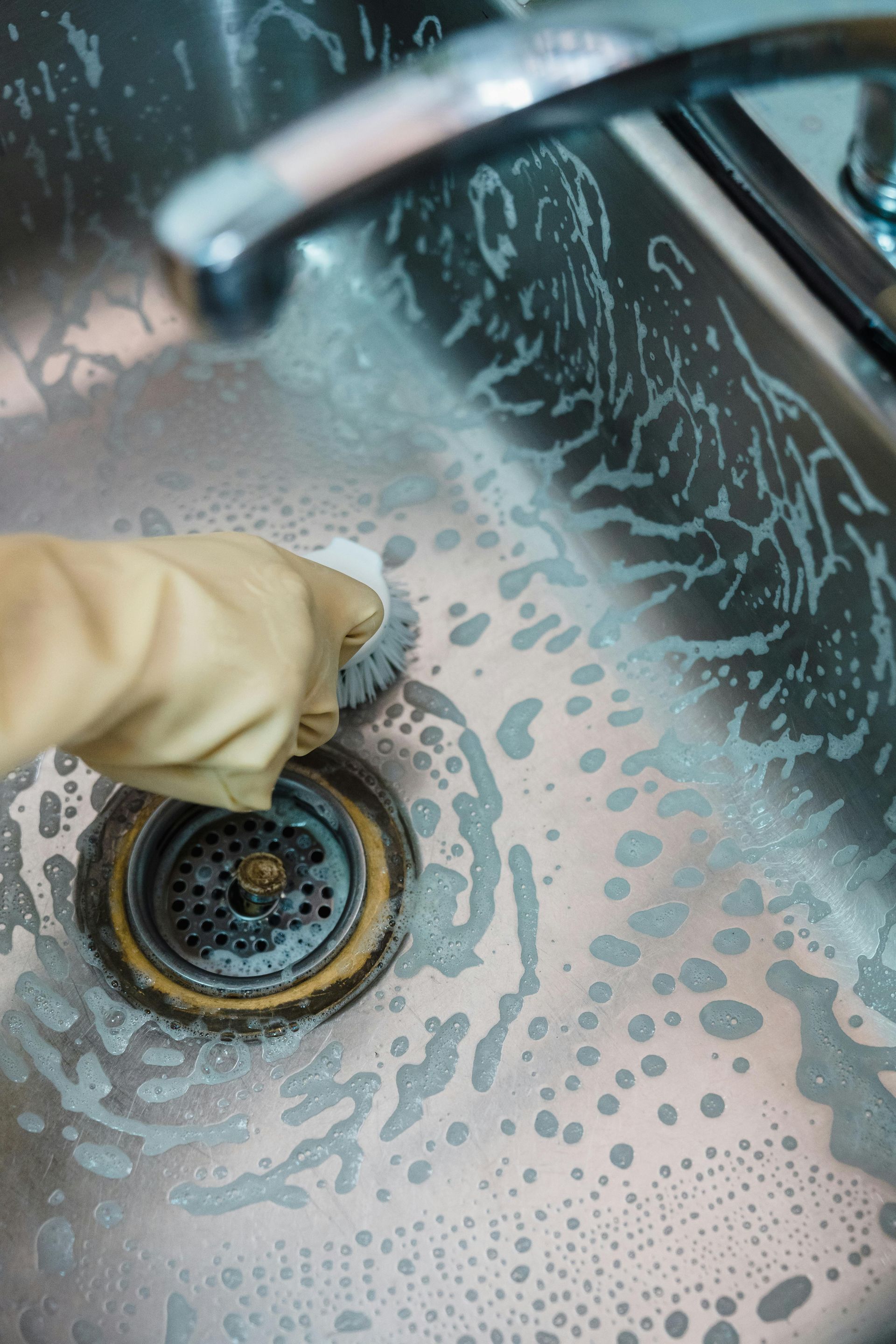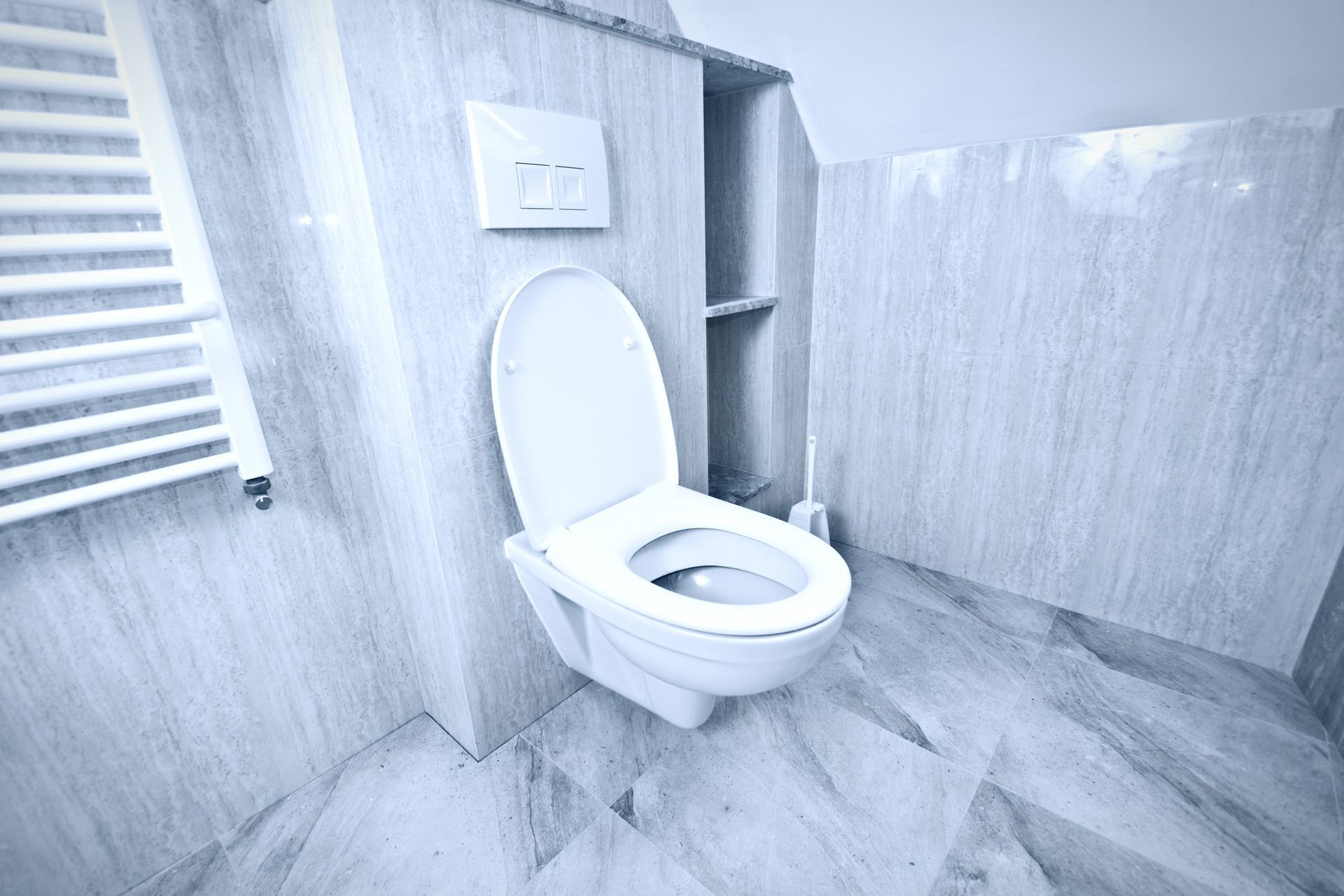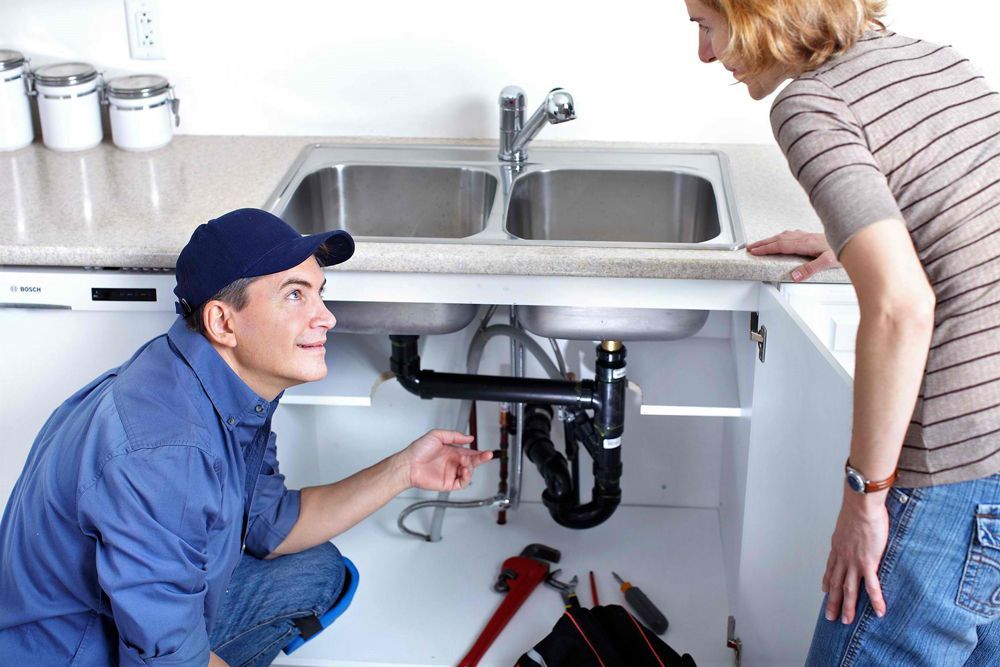How to Properly Unclog a Double Kitchen Sink?
A clogged double kitchen sink can be a frustrating and inconvenient problem, disrupting your daily routine and potentially causing water damage if left untreated. Unlike a single sink, a double kitchen sink has two drain basins connected to a shared plumbing system, which can make diagnosing and fixing clogs more complex. This detailed guide will walk you through the most effective methods to unclog your double kitchen sink safely and efficiently, using common household tools and techniques. Whether you prefer a DIY approach or know when to call professionals like All City Plumbers, understanding the process can save you time, money, and avoid the need for emergency services.
Why Double Kitchen Sinks Are Prone to Clogs
Double kitchen sinks are popular for multitasking—washing dishes in one basin while rinsing in the other. However, this convenience can also lead to increased chances of clogs. Food scraps, grease, soap residue, and debris often accumulate in the shared drain pipes, especially at the trap or the connecting pipes between the two basins. Additionally, the presence of garbage disposals in one or both sinks can sometimes push debris into the pipes, causing blockages over time.
Ignoring a clog can escalate the problem, and it’s worth noting the dangers of ignoring a leaky faucet or slow drain, which can lead to water waste, mold growth, and structural damage. Prompt action is essential to maintain a healthy plumbing system.
Tools and Materials You’ll Need
Before starting the unclogging process, gather the necessary tools and materials to ensure an efficient and safe repair. Essential items include a plunger designed for sinks, a bucket to catch water, rubber gloves to protect your hands, a flashlight for visibility, and basic plumbing tools like a wrench or pliers. Household items such as baking soda, white vinegar, and boiling water are useful for natural cleaning solutions. For tougher clogs, a plumber’s snake or auger can be invaluable. Having these on hand will prepare you to tackle most common clogs effectively.
Step 1: Initial Inspection and Preparation
Begin by inspecting both basins of your double sink. Check for visible signs of blockage such as standing water, slow drainage, or unpleasant odors. Turn off the garbage disposal if your sink has one to avoid injury during the process. Place a bucket underneath the P-trap (the curved pipe under the sink) to catch any water or debris that may spill during disassembly.
To maximize the effectiveness of plunging, block the drain of the opposite basin with a wet rag or stopper. This seals the system and allows the plunger to create the necessary suction to dislodge the clog. Filling the basin with enough water to cover the plunger cup helps create a better seal and pressure.
Step 2: Using a Plunger to Dislodge the Clog
Plunging is often the simplest and quickest method to clear a clogged double kitchen sink. Position the plunger over the clogged drain, ensuring a tight seal. Vigorously pump the plunger up and down several times, maintaining the seal to generate pressure. After a few pumps, quickly pull the plunger off the drain to create a pressure change that can break up the blockage.
If water starts to drain, you’ve likely cleared the clog. If not, repeat the process several times. Persistent clogs may require additional methods, but plunging is a great first step and can often resolve minor blockages without the need for chemicals or tools.
Step 3: Natural Cleaning Solution – Baking Soda and Vinegar
If plunging doesn’t fully clear the clog, try a natural chemical reaction using baking soda and vinegar. Pour one cup of baking soda down the clogged drain, followed by one cup of white vinegar. The mixture will fizz and bubble, helping to loosen grease and debris inside the pipes.
Cover the drain with a stopper or wet rag to keep the reaction concentrated in the pipe. Allow it to sit for 15 to 30 minutes. Then, flush the drain with boiling water to wash away loosened debris. This method is environmentally friendly and safe for most plumbing systems, avoiding the harsh effects of commercial chemical drain cleaners.
Step 4: Removing and Cleaning the P-Trap
If the clog persists, the next step is to manually remove and clean the P-trap. The P-trap is the curved section of pipe beneath the sink that often collects debris. Place a bucket underneath to catch water, then use a wrench or pliers to loosen the slip nuts on either side of the trap.
Carefully remove the trap and inspect it for blockages. Clean out any debris or buildup using a brush or cloth. Rinse the trap thoroughly before reinstalling it. This step often resolves stubborn clogs that are not reachable by plunging or chemical reactions.
Step 5: Using a Plumber’s Snake for Deeper Clogs
For clogs located deeper in the drain pipes, a plumber’s snake or drain auger is an effective tool. Insert the snake into the drain and gently push it through the pipe until you feel resistance. Rotate the snake to break up or hook the clog, then pull it out carefully.
Using a snake requires some technique, but it is a powerful method to clear blockages beyond the P-trap. If you’re uncomfortable with this step or if the clog remains after using a snake, it’s advisable to contact professional plumbers such as All City Plumbers who have the expertise and specialized tools to handle complex drain issues.
When to Call Professional Help
While many clogs can be resolved with these DIY methods, certain situations warrant calling emergency services or professional plumbers. If your sink remains clogged after multiple attempts, if you notice foul odors that persist, or if water backs up into other drains, it may indicate a more serious plumbing issue.
Additionally, if you detect signs of water damage, leaks, or corrosion, professional diagnosis is essential. Professionals can also advise on preventative maintenance to avoid future clogs and plumbing emergencies.
Preventative Measures to Avoid Future Clogs
Prevention is always better than cure. To minimize the risk of clogs in your double kitchen sink, avoid pouring grease, coffee grounds, or large food scraps down the drain. Use sink strainers to catch debris and clean them regularly. Running hot water through the drain after each use helps flush away minor buildup.
Regular maintenance, including occasional use of baking soda and vinegar treatments, can keep your drains clear and odor-free. Being proactive reduces the likelihood of needing emergency services and costly repairs.
Conclusion
Unclogging a double kitchen sink requires patience, the right tools, and a methodical approach. Starting with simple techniques like plunging and natural cleaners, progressing to manual cleaning and using a plumber’s snake, most clogs can be resolved without professional help. However, knowing when to call experts like All City Plumbers ensures that more serious issues are handled correctly and safely. By addressing clogs promptly and practicing preventative care, you can maintain a smoothly functioning kitchen sink and avoid the dangers of ignoring a leaky faucet or persistent drainage problems.











